|
,I am clearly out of my element here in Varanasi. In Seattle, you do not walk on streets while dodging golf carts (Tuk-Tuks), motorcycles and cars. You do not carry sticks to fight off hungry monkeys in your ‘hood. You don’t worry about getting kicked, bit or head-butted walking next to bulls, rabid dogs, mules and goats as you head daily on foot to town. You also don’t eat full course dinners for 3 bucks, and drink 16 ounce beers called “The Godfather," (which they call “water” when you read the restaurant tab). You don’t hear free concerts and group chants every night on the pier, get a swanky five star hotel with a pool and breakfast for $40, or meet people every day who just want to chat and learn about who you are and where you are from. 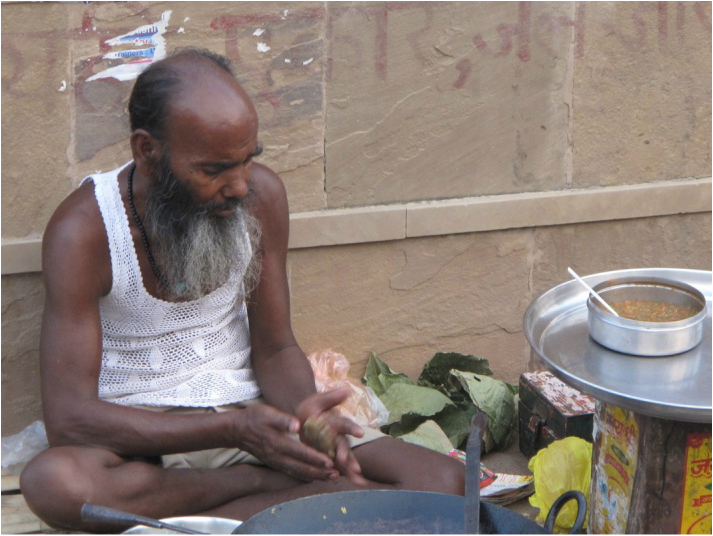 I am adjusting though. Wine and popcorn, my two go-to crutches, are in short supply here in Hindu dominated India, but I have hunted them down like a Nazi-hunter, where few Englishmen tread. Neither product is of a quality worthy of an even a back-alley 7-11 store, and are offered to me at a price point that would make most Indians blush, but I suck it up and buy anyway. I am not living, as dad used to say “high on the hog”, so we can afford it. My consumption of literature too, has changed, drastically. For the first time in my life I am studying, really studying, Buddhism, emptiness, and the social philosophy of the Dalai Lama, along with a little quantum physics by Stephen Hawking thrown in. The two actually go together, and you see this clearly when you read “Universe in a Single Atom” by the Dalai Lama himself, a guy who has loved science since a boy, and is quite a tinkerer when it comes to studying the mind as well. After a few books on these topics, here in a nutshell, is what the scientists amongst us, say we now know. There was probably a Big Bang that started things off in the beginning, although what created the Thing in the beginning to create the possibility of a Big Bang is hard to say. While there is likely a Beginning, there is likely no end, although we are not there yet, so it’s hard to be sure about this. The theory of relativity is consistent with the time/space warp, but it isn’t consistent with the more recently uncovered theory of quantum physics. So to make up the difference we say there are Black Holes out there. Stuff we can’t see, taste, feel or measure, where light goes in but can’t crawl out, yet surprisingly the lion’s share of the scientific community is pretty darn convinced it’s there. It’s not a big deal though. Black Holes only makes up about 85% of everything they think exists, so not to worry. There is also a pretty hefty body of knowledge that indicates there may be something to this reincarnation and past lives thing, at least there is going to be a lot of explaining to do if anyone gets a chance to ask God the question and comes back to report on it. And some of that fits with the whole “energy fields” thing, and how everything gets recycled in our lives and in the universe and how we are all connected to everything else. On this, Stephen and the Dalai Lama are like two peas in a pod. Lots is happening in my mind, as you might be thinking now, but a lot is happening on the ground too. Before we got to Varanasi, people who had been here usually greeted us with a response that carried two overarching themes; first, “you are going there for NINE MONTHS?!!!!” And second, they described Varanasi as “intense.” After a few weeks here, my Sweet yet Adventurous Wife and I can solemnly confirm that they were not wrong. We are now living here in Varanasi, 24/7, just five minutes from the banks of the sacred Ganga River. A typical day starts with us hunkering down in our 3 room flat for most of the morning, writing and reading, then venturing out in the afternoon. As we walk down five flights of stairs from our flat we keep a wary eye out for the monkey troop, said to be part of a 150 strong troop that leaves at dawn from the Monkey Temple, about a half mile away. So as we exit the elevator onto the ground floor, our monkey stick is held tightly in hand. We drop our stick at the gate with the guards, and empty out into the streets with full tanks of enthusiasm. As we do, we are hit by a fire hose of sights and sounds and smells. My Sweet yet Adventurous Wife seems to gain strength and energy with each passing minute. I on the other hand, feel like I am Apollo 13, with Tom Hanks at my control box, slowly shutting down my inner spaceship to a bare minimum of power in hopes of having enough fuel to safely return to earth. As we Tuk-Tuk down the street, the wife keeps calling out, “did you see THAT? Did you hear THAT?!!” and I honestly can say at each juncture, “no, I did not.” Conserving fuel, I am focusing on One Thing at a Time (The Tuk Tuk coming fast and straight at us with reckless abandon, now the boy with the snake in a basket who wants money, now the man with a steel bowl, nearly naked who sits on the steps looking nowhere) and I am envisioning a time when she might tire and we can return home, safely past the gang of monkeys holding court in our yard, up the elevator, shower, and nearly naked myself, rest comfortably in my bedroom, lights off, curtains drawn, eyes closed, with a bowl of popcorn by my side. After an hour or two of such inner peace, I know I will recover quickly (as did Tom Hanks after he splashed down, FYI), and begin reading the local paper and internet. There is so much of interest here; political fights over eating beef, burning Varanasi cop cars so the Fundamentalists can earn the right to place lead-base painted idols in the Ganga River, fighting female oppression yet banning films that document violence against women in India, even grand visions for making Varanasi, one of the oldest cities on earth, a “smart city”, run by technology that would surpass Hong Kong. With each of these news items, religious practices and conflicts are the underlying theme. It’s a secular democracy here, and Nepal just voted to strengthen their fledgling secular democracy as well. As Egypt and Turkey and other neighbors struggle to not let that Secular Light go out, one sees clearly how things might play out if it does. The Big Insight of the Week was this. The capacity of the human brain is enormous. 2000 years ago, a good number of people understood how some aspects of the mind work (like concentration and intuition and emptiness) and could explain it and alter it in ways we barely comprehend today. (Don’t believe me, you can look it up. If you read Sanskrit). Much of this was gained through the practice of meditation, when the mind was not to be distracted by twitter feeds and headphones. We have lost much of that capacity. The same is true for some elements of science and medicine. When we speak of “lost arts”, I grasped that idea years ago when I first saw the Acropolis in Greece and among the Roman ruins. But on this trip, it is the lost art of exploring regions of the mind that I now see we must rediscover.
While I have not made a definitive decision on this yet, the philosophy of Buddhism, as expressed by the Dalai Lama, with its emphasis on non-violence, compassion toward all sentient beings, and the results of a mindful practice (what I, as a layman call “getting my head screwed on right”), makes a lot of sense to me. I can even get down with the idea of reincarnation. It doesn’t hurt anyone, makes some scientific sense-at least a tiny bit-and is a nice way to think about things. And, I love that Buddhism makes room for all religions and doesn’t get all preaching about “The WAY”. And it all fits nicely with the work I’m trying to do here with new social media tools, amongst Tibetan and Indian and US students abroad…. Maybe all this-the Buddhist study, the Mindfulness, the repurposing of Twitter, can be the seeds of my own, logically consistent Theory of Everything? Which even Stephen Hawking hasn’t come up with yet, due largely to the sticky problem of Black Holes.
3 Comments
What is the exception will soon be the rule when it comes to students working globally in classrooms to address pressing social issues. This article showcases the work being done together on environmental issues by students in Peru and the US by students. Within five years, this work will be so commonplace in our universities, it will not merit attention. And that's a good thing!
|
AuthorGreg Tuke teaches and travels internationally, working with university faculty in India, Indonesia and the MIddle East, sharing strategies for implementing international collaborations within course work. This blog chronicles key experiences and insights about those experiences. All opinions expressed are mine, and represent no other institutional affiliation. Archives
March 2020
Categories |

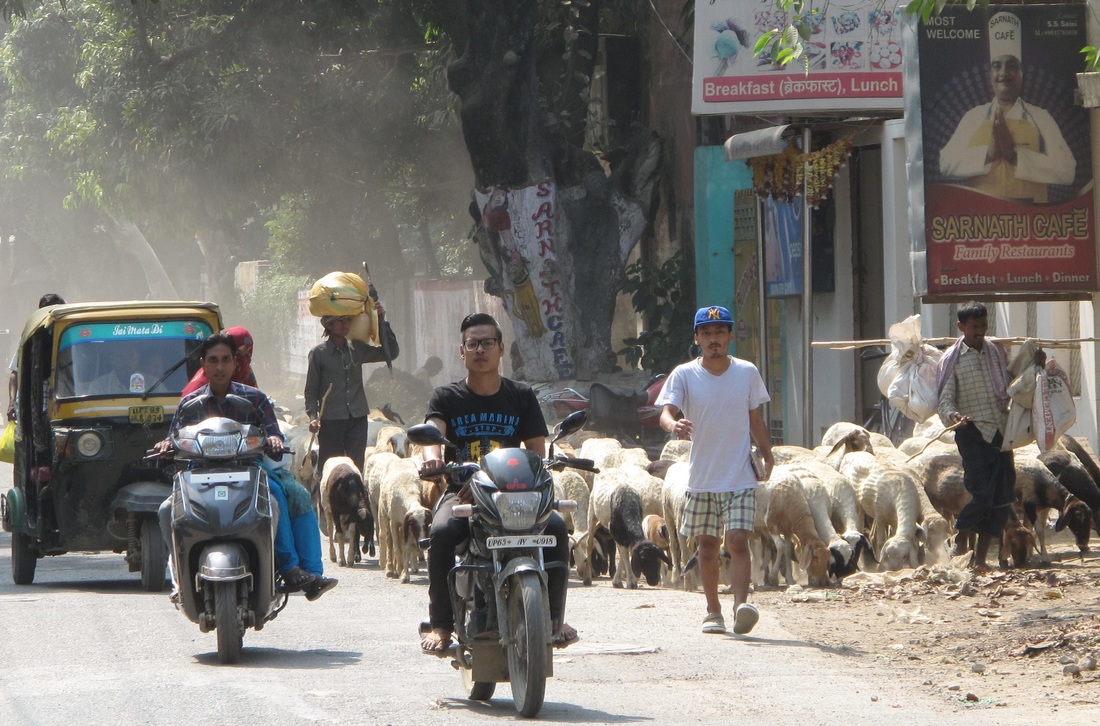
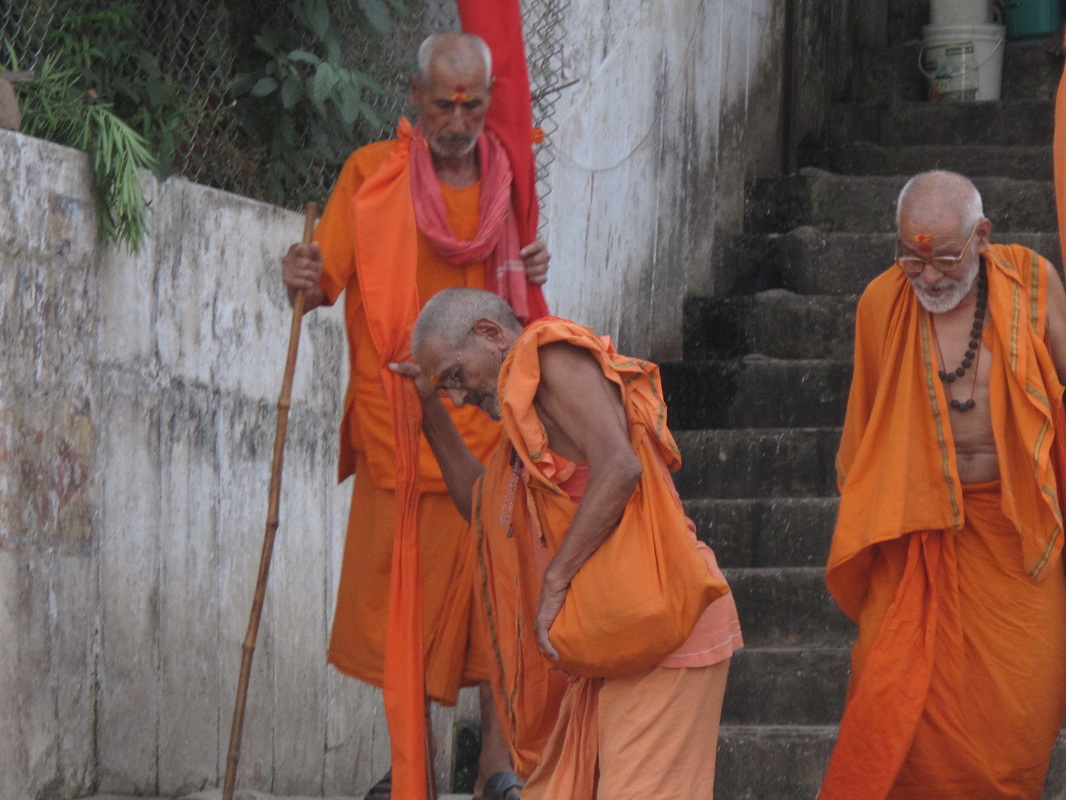
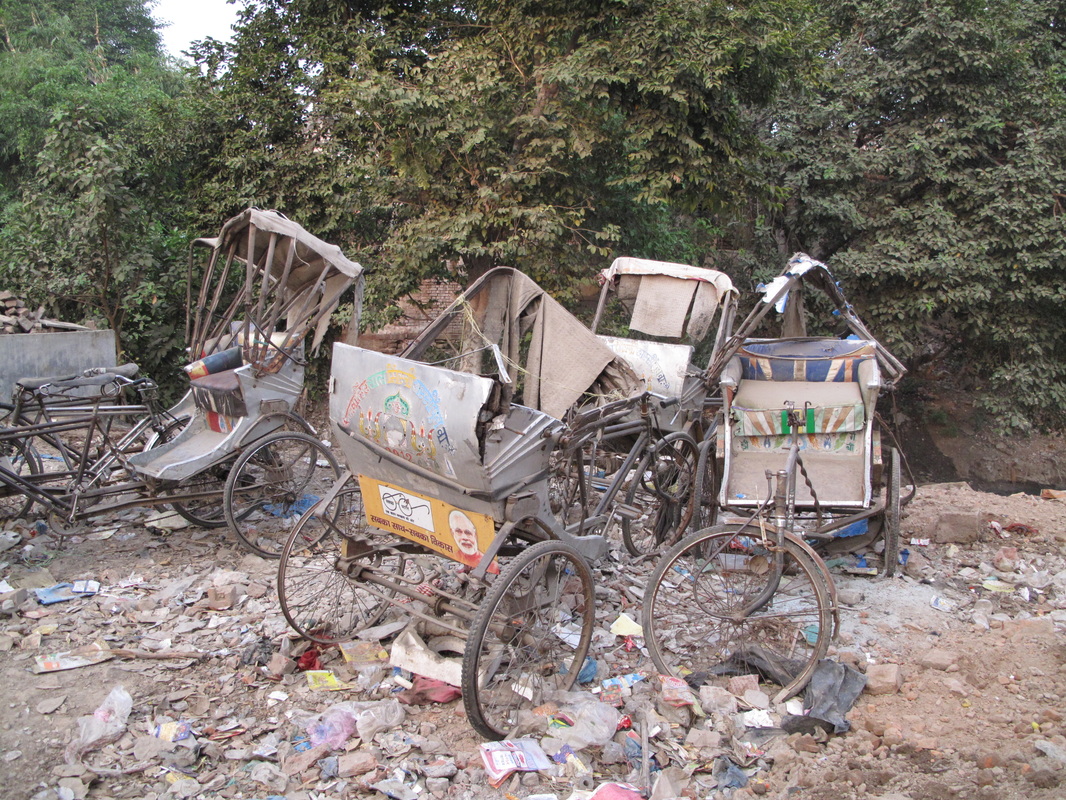
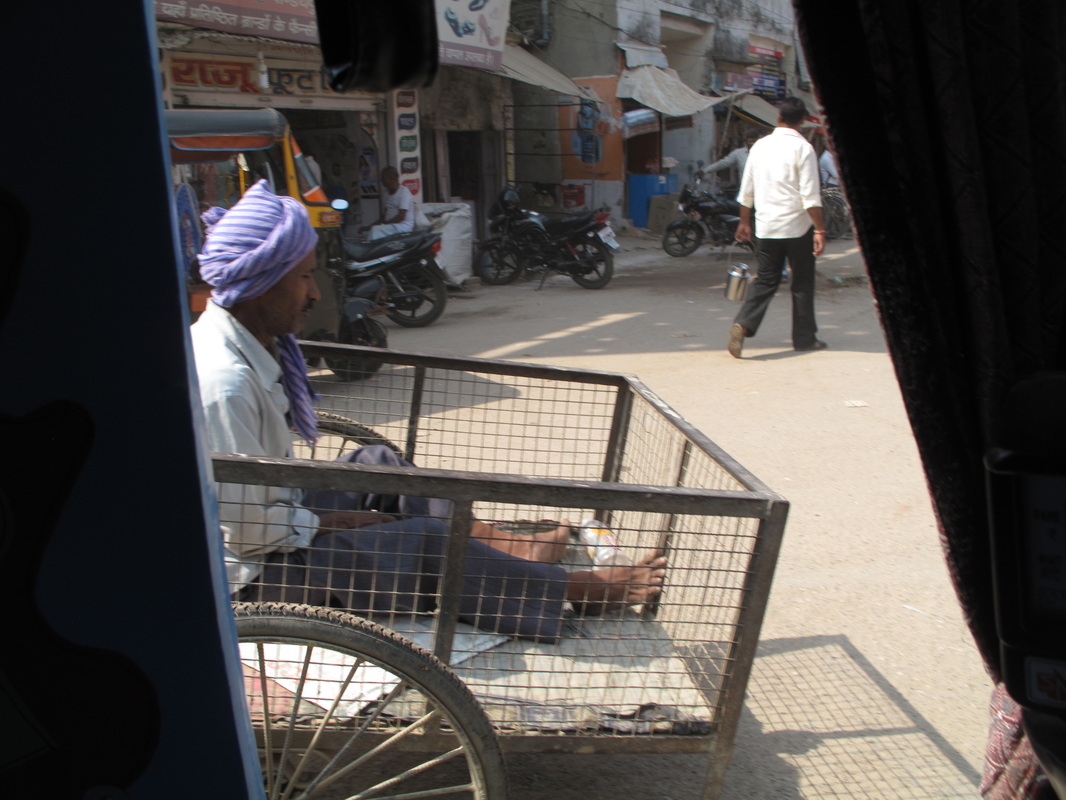
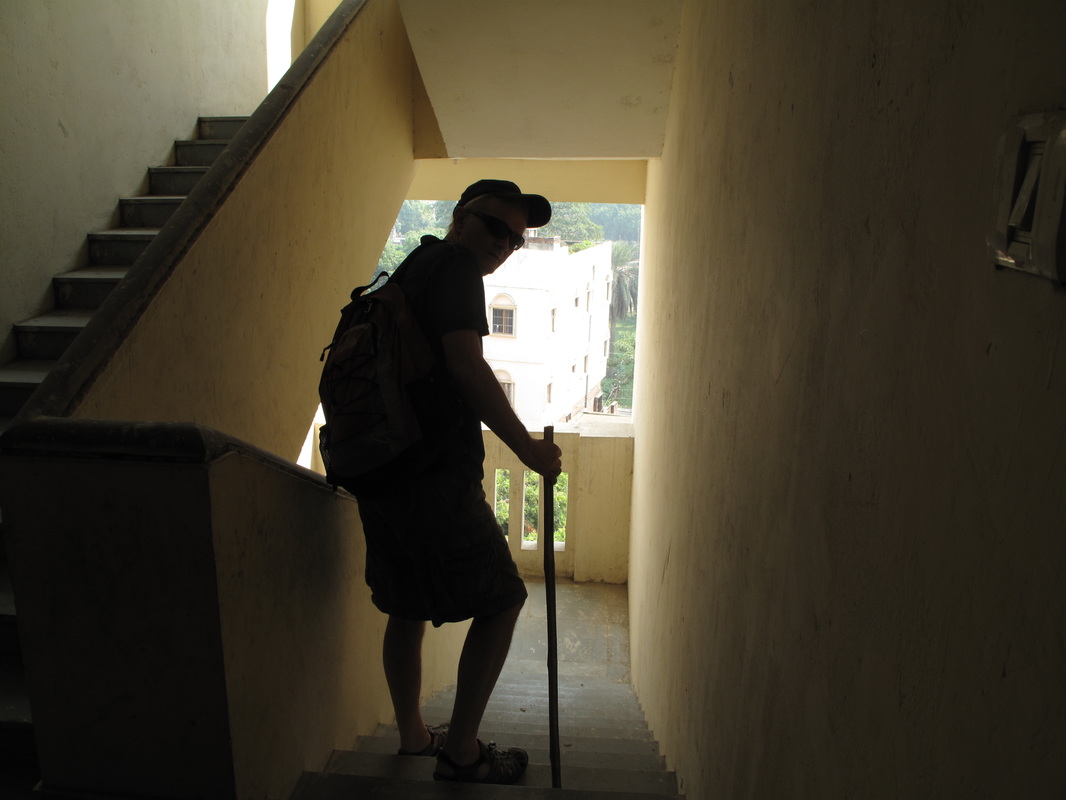
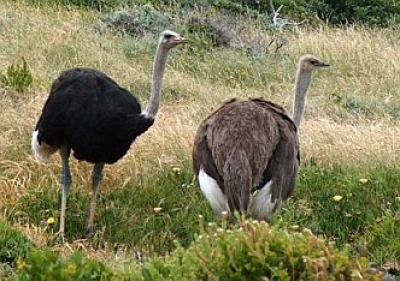
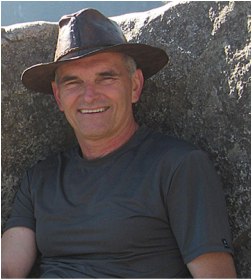
 RSS Feed
RSS Feed